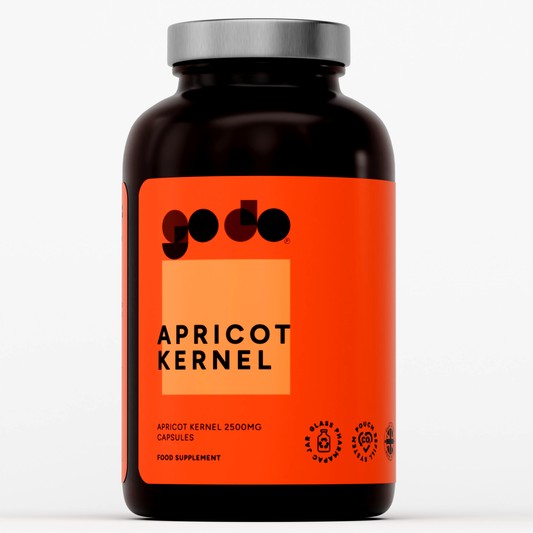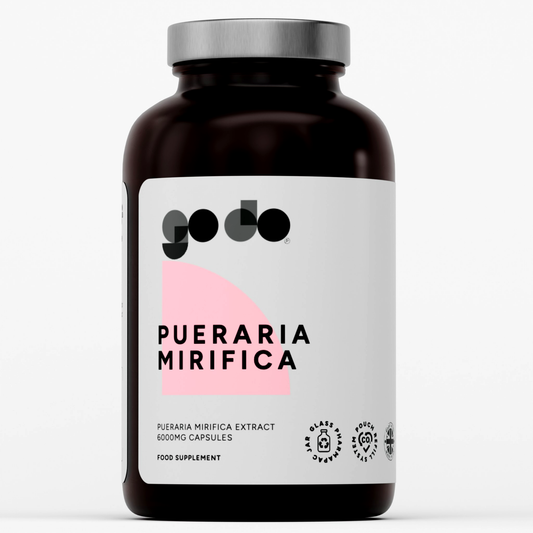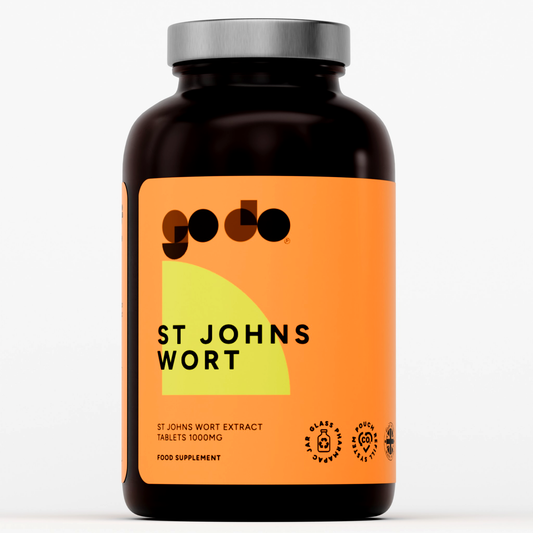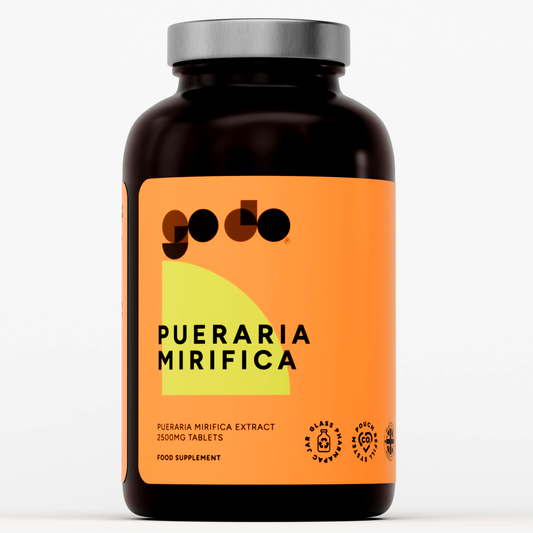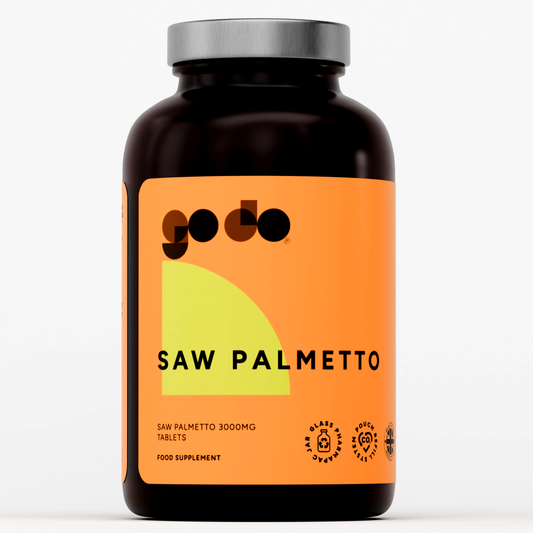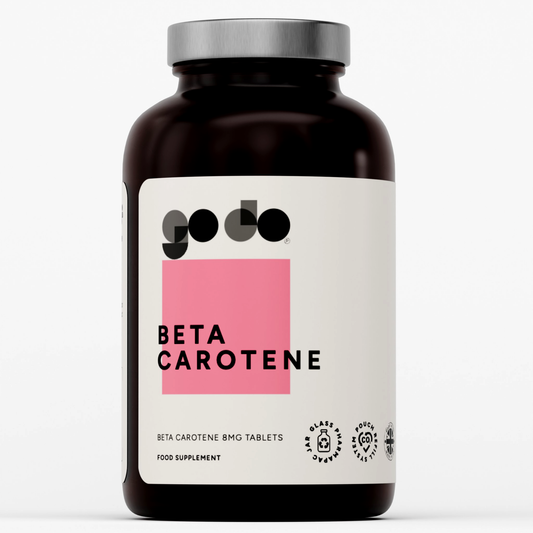The sequence in which you execute your exercises can be a significant variable that influences the quality of the training session, particularly if you are lifting hefty loads. The majority of authorities believe that training the larger muscle groups (compound exercises) first (in order) delivers a superior training incentive to all of the muscles involved. This is believed to be accurate because exercising more muscles (in larger groups) excites greater neural, endocrine, metabolic, and cardiovascular reactions, which theoretically enhances the training of following muscles as the training session continues. Therefore, more intricate multi-joint compound exercises should be executed at first, followed by the simpler single-joint movements. An additional rationale for sequencing the multiple-joint exercises first is that the exercises performed at the start of the workout necessitate the greatest volume of muscle mass and energy for ideal performance. Consequently, these sequencing stratagems centre on attaining a greater training outcome for the exercises involving large muscle groups. If structural exercises (exercises loading the spine in some form) are executed early in the session, you can use greater loads to do them as your muscles are not yet exhausted.
Furthermore, compound exercises increase the efficiency of the workout by recruiting more muscle groups in a single exercise, thus sparing energy and time-commitment requirements! Moving on to the (arguably) best and most efficient compound exercises:The Big Three (Upper and Lower Body)
The Back Squat
The squat has been the most significant yet most dreadfully comprehended exercise in the training cache for a long time. The complete ROM (range of motion) movement identified as the squat is the single most valuable exercise in the gym, and our most treasured instrument for constructing strength, power, and size. It is so effective an exercise due to the way it utilises the muscles surrounding the centre of the body. An accurate squat flawlessly harmonises all the forces around the knees and the hips, employing these muscles in precisely the manner the skeletal structure is intended for them to be used, over their functionally complete ROM. As Mark Rippetoe so adequately states “the postural muscles of the lower back, the upper back, the abdominals and lateral trunk muscles, the costal (ribcage) muscles, and even the shoulders and arms are used isometrically.” Their inert tightening supports the trunk of the body and moves dynamic power from the prime movers (main muscles used) to the bar. The squat is poorly appreciated since it includes the use of numerous muscles – more than most people recognise. This implies that they are not able to acknowledge the true essence of the movement and the collaborations of all the muscles working in synchronicity. The full squat is the favourite lower body exercise for well-being in addition to functional strength. The squat, once executed properly, is not just the healthiest leg training movement for the knees, it also creates a greatly enhanced knee stability. Of course, these benefits are given only provided it is performed correctly. A properly executed squat is as deep as anatomically possible, with hips plummeting underneath the top of the patella. But technique is beyond the scope of this article, so time to move on to number two!
The Bench Press
There are few gyms (if any) remaining in creation that don’t have a pressing bench of some kind. This is the case as the bench press has developed into the most commonly-known resistance exercise, the one exercise that the larger part of beginners are most likely to want to do, and the exercise most frequently probed by people if they are even remotely fascinated in how strong one might be. It is debatably the greatest method to improve upper-body strength, and executed properly it is a respected addition to your training program. It actively trains the muscles of the frontal shoulder area and the triceps, in addition to the forearm muscles. The main muscles used are the pectoralis major and the anterior deltoid, which pushes the bar up, and the triceps, which make the elbow extension possible. The pectoralis minor and the posterior shoulder musculature act to steady and avoid the turning of the upper arm during the exercise. The posterior musculature – the trapezius, the rhomboids, among others – act to keep the back steady alongside the bench. The lats decrease the distance the bar has to move and adds to the firmness of the position. The musculature of the lower spine, hips, and legs serve as a bond between the upper body and the floor, fastening and steadying the chest and arms as they handle the bar.
The Deadlift
The deadlift is unparalleled in its straightforwardness and effect while distinctive in its aptitude for increasing head to toe strength. Irrespective of whether your fitness aims are to increase strength or lean body mass, decrease body fat, rehabilitate your back, or preserve useful independence as an elder, the deadlift is a clear timesaving method to that end. In its most unconventional application, the deadlift is prerequisite to, and a constituent of, ‘the world’s fastest lift’, the snatch, and ‘the world’s most powerful lift’, the clean; but it is also, quite frankly, nothing more than the complete method by which any item should be elevated from the floor. The deadlift’s original functionality, entire-body essence, and motorised advantage with heavy loads advocate its solid neurological-endocrine impact, and for the majority of people it provides such a rapid increase in general strength and sense of power that its benefits are effortlessly comprehended.
The Power Movements
The Snatch
The snatch is one of two exercises in the sport of (Olympic) weightlifting. It involves lifting a barbell from the floor up and over your head in one fluid motion. One could compare the first half of the lift to a rapid and violent deadlift, while the second half as an overhead squat. Of course, this is oversimplifying the exercise, as many hours are spent in the gym trying to perfect it. Because the movement is so quick (the world’s fastest lift actually), there is little room for error, and the slightest mistake will cause you to miss the lift, especially once you are lifting near maximum effort. That being said, the benefits of the deadlift, as well as the squat, can be found in this particular lift. It not only trains power, but is an excellent developer of balance, flexibility, coordination, speed and overall strength.
This exercise is certainly a stellar example of a compound exercise!
Clean and Jerk
The clean and jerk is a two-phase lift used in the sport of Olympic weightlifting. Similar to the snatch, the clean and jerk is executed in two parts: lifting the bar from the floor to the anterior portion of the shoulders (the clean), and shoving the bar above your head (the jerk). The ‘clean’ segment of the lift is a staple in many training programs, and there are several reasons as to why this is. For starters, it improves one’s explosiveness, reactivity, reaction time, vertical jump, and sprint performance. It too, involves practically all major muscle groups in the body, although in varying degrees. Similarly to the aforementioned exercises, it strengthens many of the body’s connective tissues, namely the tendons and ligaments.
Lastly, as a combination of a lower- and upper- body movement, the benefits of the bench press, as well as those seen in the squat, can be found here. As can be seen, these compound exercises are among the best and most efficient lifts that the human body is capable of producing, increasing the size, strength, and power of almost all major muscle groups that make human movement possible!

Top compound work out exercises
Compound exercises are multi-joint movements that engage multiple muscle groups simultaneously. They are highly effective for building overall strength, improving muscle coordination, and maximizing time efficiency in your compound workout. Here are some of the top compound exercises:
-
Squats: Squats target the lower body, primarily the quadriceps, hamstrings, and glutes. They also engage the core and lower back muscles.
-
Deadlifts: Deadlifts work the muscles in your posterior chain, including the glutes, hamstrings, lower back, and upper back. They also engage the grip and forearms.
-
Bench Press: Bench press primarily targets the chest muscles (pectoralis major and minor), but it also engages the triceps and shoulders (deltoids).
-
Overhead Press (or Military Press): Overhead press focuses on the shoulder muscles (deltoids) and also engages the triceps, upper back, and core for stability.
-
Pull-Ups/Chin-Ups: Pull-ups and chin-ups primarily target the muscles of the upper back (latissimus dorsi), but they also engage the biceps, forearms, and core.
-
Lunges: Lunges primarily work the muscles of the lower body, including the quadriceps, hamstrings, and glutes. They also engage the core for stability.
-
Bent-Over Rows: Bent-over rows target the muscles of the upper back (rhomboids, trapezius), biceps, and posterior deltoids. They also engage the lower back and core for stability.
-
Dips: Dips primarily target the muscles of the chest, shoulders, and triceps. They can be performed using parallel bars or assisted dip machines.
-
Push-Ups: Push-ups engage the chest, shoulders, triceps, and core muscles. They can be modified to suit different fitness levels.
-
Barbell Clean and Press: This exercise combines a clean (lifting the barbell from the floor to the shoulders) with an overhead press. It engages multiple muscle groups, including the legs, hips, shoulders, and arms.
Remember to use proper form and technique when performing to ensure safety and effectiveness. It's always a good idea to consult with a fitness professional to tailor compound exercises your workout program to your specific goals and abilities.
Bibliography
- Baechle, Thomas R., and Roger W. Earle. NSCA Essentials of Strength Training and Conditioning. 2nd Edition. Champaign, Illinois: Human Kinetics, 2008.
- Everett, Greg. Olympic Weightlifting: A Complete Guide for Athletes & Coaches. 2nd Edition. California: Catalyst Athletics, 2009.
- Rippetoe, Mark, Lon Kilgore, and Glenn Pendlay. Practical Programming for Strength Training. Second Edition. Wichita Falls, Texas: Aasgaard Company, 2009.
- Rippetoe, Mark, and Lon Kilgore. Starting Strength: Basic Barbell Training. 3rd Edition. Wichita Falls, Texas: Aasgaard Company, 2011.
- Siff, Mel Cunningham, and Yuri Vitalievitch Verkhoshansky. Supertraining. 6th - Expanded Version. Denver: Supertraining International, 2009.
- Simmons, Louie. Westside Barbell Bench Press Manual. Columbus, Ohio: Westside Barbell, 2009.
- Simmons, Louie. Westside Barbell Squat and Deadlift Manual. Columbus, Ohio: Westside Barbell, 2009.




